Driven: 2019 Audi e-tron quattro
Anyone familiar with the Audi brand knows they are nothing if not methodical…everything carefully considered…everything strategically planned. That’s a bit different than the likes of electric car pioneer Tesla and its often shoot from the hip decision-making that may be bold but can also lead to being caught off balance. It is a stark contrast from a manufacturing perspective. So is it any wonder that when Audi comes to market with its first battery electric vehicle (BEV), the car is so very, very different from Tesla?
On one hand, the Audi e-tron is a crossover and Tesla’s got one of those. While the Tesla Model X is more expensive, it is perhaps a natural benchmark on which most will judge the Audi e-tron. It is a consideration so permeating that even we here in the pages of the Audi Club’s own quattro Magazine feel the need to consider the differences. They are worth noting because they speak to Audi’s calculations.
Calculation #1: Branding
Let’s first consider what the launch of the “e-tron” sub-brand means to Audi. Ingolstadt sees e-tron as a core technology on which it will base much of its future. In as much, it is as paradigm-shifting as “quattro” was when it arrived in the 1980s. Though there have been some “e-tron” branded product thus far, notably the BEV R8 e-tron and the plug-in hybrid (PHEV) A3 e-tron, it’s fair to say that this crossover is their first real e-tron product in that it is both mass produced and a full BEV. Audi chose to go with tradition here and name it, albeit confusingly, simply “e-tron”. In Audi enthusiast parlance then, we’d say it’s fair to refer to this crossover then as the “ur” e-tron.

Calculation #2: Body Style and Sizing
Want to know why the ur e-tron is a mid-sized luxury SUV? That configuration is by far the heart of the luxury market, which is exactly the field on which Audi plays. Audi’s Q5 and Q7 models are blue-chip players in the luxury crossover market. The e-tron slides in most strategically between these two, with hopes the e-tron becomes a blue-chip player in its own right amidst this soon-to-be crowded BEV space.
Calculation #3: Making Statements vs. Familiarity and Approachability
Though it breaks new ground in e-tron-specific design direction at Audi, this new model doesn’t exactly make a booming design statement like the slightly ungainly Tesla Model X and its vertically-opening falcon-style rear doors, or its overly simple interior with large central screen.
Here again, this is by design. The e-tron doesn’t shout its BEV qualities, and so to a consumer cross-shopping a Tesla and hoping to make a statement, the Audi comes off more reserved. At the same time, it comes off as more familiar. If you’ve owned an Audi crossover or most any other luxury crossover on the market, the e-tron plays the role of a really good SUV that happens to be electric.
The theory here is that the e-tron is cross-shopped against competing internal combustion engine (ICE) rivals versus the Model X. Frankly, there are just so many more of those on the road, and their owners are seeking a solid bridge to the future rather than a falcon-winged space ship.

Calculation #4: Acceleration Performance
So often in considering a car it’s all in the numbers. The e-tron makes use of two motors, one in the front and another in the rear. These are combined with a 95 kWh 36-cell battery that nets out to 355 hp (402 hp in boost mode). These make the e-tron suitably quick, able to hit 0-60 mph in 5.5 seconds. The trick of course to BEV cars is the immediate torque. Off the line the e-tron is markedly strong; though it’ll top off at just 124 mph should that be a factor and you are on a road where speeds above that might be legally attained.
Critics will say that’s not… well… ludicrous. Here again, the e-tron isn’t a statement vehicle like its chief rival who prefers that particular adjective. Audi intends more ludicrous products but it always launches with an A-car first. Consider then that this first e-tron is the A-car equivalent in its range. Audi enthusiasts know S and RS variants tend to follow.
As for handling, this is neither a light nor low vehicle. The battery alone weighs 1540 pounds, albeit mounted low in the chassis that helps it handle better than you’d expect a crossover of this size to do.

Calculation #5: Range and Charging. All about the Numbers
The EPA reported range on the e-tron is 204 miles. That’s about 2/3 the Tesla Model X, which could be a big deal for consumers who choose to fixate on the BEV-era fear of being too far from a plug for an extension cord to reach. Interestingly, Audi used a different measurement born of as-expected German logic in calculating their answer to the question of range.
How does one measure convenience or time spent waiting on a charge? There’s no simple answer here. Audi is banking on two main points to be considered by the typical e-tron buyer. These are time spent charging versus overall range and next the e-tron’s ability to accept the charge quickly.
Audi believes that the 204 miles of range is enough. It estimates most customers use less than that for at least 80% of their driving. Combine that with the fact that most e-tron owners will charge at home and this means that 80% of the time you currently spend standing around at a fuel pump will disappear while you sleep.
The e-tron comes with both 120V (Level 1 charging) and 240V (Level 2 charging) cables in the trunk. Working with Amazon.com as its installer, Audi also aims to make installation of a 9.6 kW home charger (also Level 2) as easy as possible. For the record, Level 2 charging will take an e-tron’s battery from 0-100% in nine hours. Come home at night, plug in the e-tron and you’re fully charged the next morning.
Of course, it’s unlikely you’ll be stopping at 0%. Audi estimates the average commute is 30 miles of driving, and on a Level 2 charger that translates to about an hour and a half of charging, for what it’s worth.
But what about long trips? That’s where Level 3 public chargers come into play and the e-tron’s ability to accept a charge rapidly becomes quite important. In the e-tron’s case, the battery is capable of taking about 150 kW charge up to 80%, then drops off to about 50 kW by 100%. Comparably, the Tesla Model X 90D goes from about 110 kW to about 50% charge, then drops off from there, lowering to 50 kW by 75% charge and 30 kW by 80% charge.
Keeping the comparison going, Tesla’s website claims a stop at one of their superchargers will net you 170 miles in about 30 minutes. For the e-tron, 30 minutes on an Electrify America 150 kW charger will net you over 160 miles in the same amount of time.
Numbers can be a finnicky thing, but this last set in our opinion is an apples vs apples comparison. If you’re on a road trip, you’re likely stopping every 150 miles or so for bathroom breaks or a coffee. So long as the optimum charger is on your route, these cars begin to measure up much more directly.
Charging stations then are the question. Tesla reports 13,000 superchargers in their network thus far – an impressive number, but alas not compatible with e-tron or really any other BEV other than Tesla. Comparably, the e-tron is compatible with 80% of all charging infrastructure today, which is more than 70,000… but that’s mainly 50 kW charging (0-80% charging in 80 minutes). In order to outpace the Tesla on charging, the e-tron needs a high capacity 150 kW charger and that’s where Electrify America comes in.
As part of its diesel settlement with the US government, the Volkswagen Group agreed to invest two billion dollars in the American charging infrastructure. Enter Volkswagen Group-owned startup Electrify America, which is expanding at an impressively rapid pace, building chargers capable of 150 kW (max charging capability of the e-tron) and 350 kW (max charging capability of the upcoming e-tron GT and Porsche Taycan) and with locations opening literally daily. The project is 2.5 years in to a 10-year buildout. Currently, this means 484 fast charging locations with over 2000 chargers amongst them, and unlike Tesla these don’t share power if multiple cars hook up. Also worth noting, a new e-tron comes with 1000 kW hours of complimentary charging with Electrify America, which is equivalent to about 2000 miles.
In order to keep abreast of the rapidly expanding network of both Electrify America chargers and other compatible charging locations, Audi has made provisions for live updates both to the e-tron’s navigation system and also the Audi connect app. Another cool feature: the e-tron adds a green graphic to the map of the planned route showing you just how far you can go on your charge.
In the end, yes, this means 20 minute stops every 160 miles or so on a long trip. However, you’re not standing teeth chattering or sweating profusely by a pump as that charge goes on. Instead, you’ll get updates on your mobile device about your charging progress. Also, most of these new charging locations are going in near shopping centers and cafes, which is a pleasant alternative to often sketchy roadside gas stations. Factor in the consideration that you’re not spending the average 10 minutes a typical refueling takes during 80% of your charging since you’ll be charging at home and it seems a worthy price to pay.
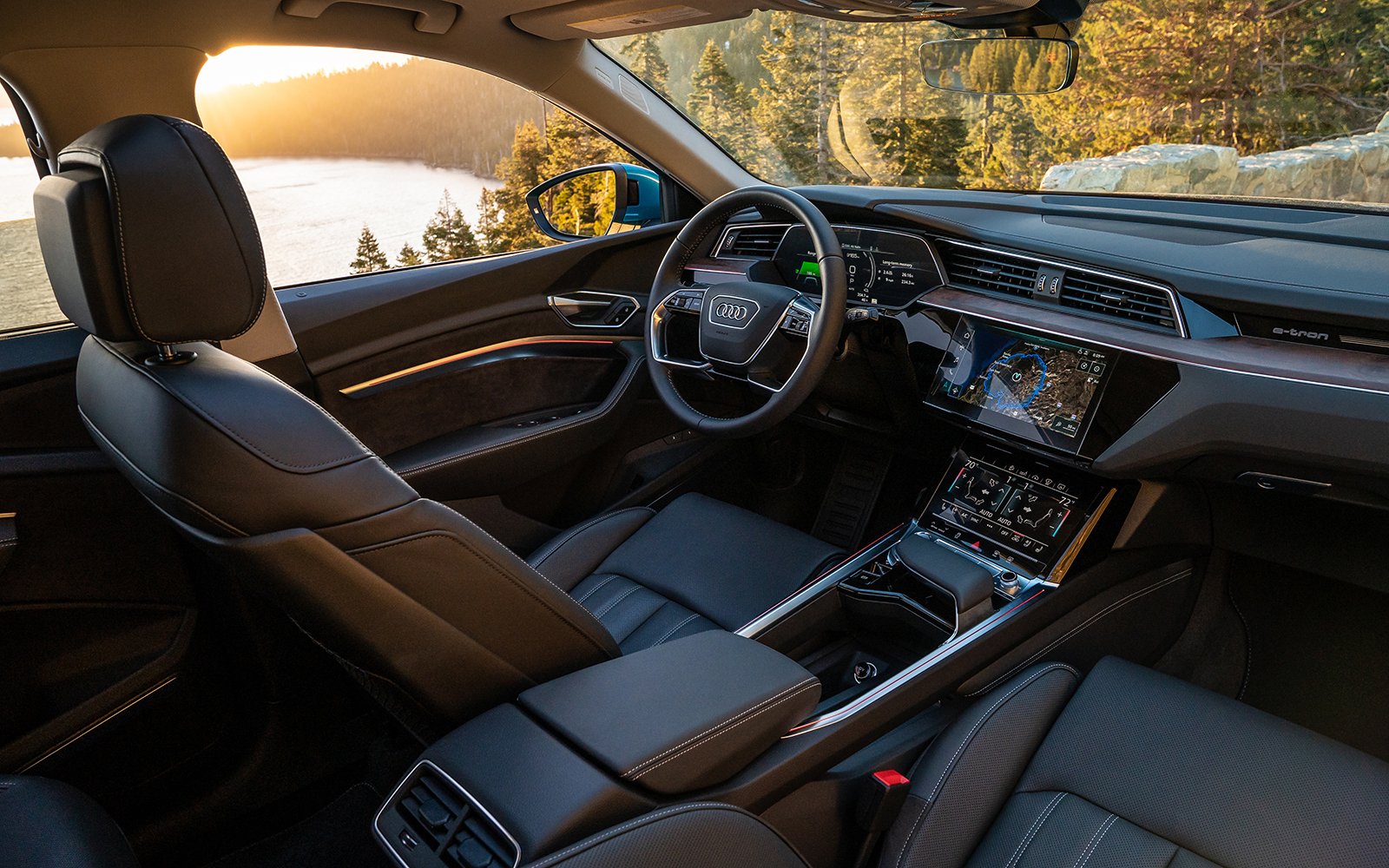
Calculation #6: Technology
Beyond its ability to charge, the battery also has some interesting design features. For starters, its frame and aluminum crash structure are designed to dissipate energy and push its contents away from passengers should an impact reach the battery. It’s also been designed with an intelligent thermal management system that can both heat and cool, keeping it in the optimal performance range of 77-95 degrees Fahrenheit.
Beyond the obvious technology of the battery and charging systems, the e-tron also makes use of other key tech. Particularly noteworthy are the regenerative brakes. Up to .3 G of braking is recaptured and stored on the battery, which means 90% of braking will be recuperated, and that accounts for up to 30% of range. Also, the traditional hydraulic brakes aren’t used in most cases, which means they won’t wear out for a very long time… so even less needed servicing of the vehicle.
Here again, Audi made the tech approachable. Use the paddles on the steering wheel to “shift down” and what you actually do is recapture at a greater level. The layers of torque braking being applied feel like you’re shifting down on a traditional automatic transmission, but what you’re actually doing is engaging recuperation on three different levels.
As you might expect, MMI also gets an update for duty in a BEV e-tron. Range and state of charge are the key points of information in these cases, with e-tron specific screen configurations and a visual representation of regeneration with a digitally created dial. Audi’s traffic light information is active in the e-tron where supported, and this model also marks the introduction of Audi’s industry-first 50-state compatible integrated toll module.
There’s more, including integration of Amazon Alexa with natural voice recognition, basic Yelp information to better consider amenities at your next charging station, and integration of your smartphone calendar.
Finally, because it’s core to the Audi experience, there’s Electric quattro that debuts on the e-tron. Here, the car makes use of two power sources with a motor front and aft. The system monitors traction 1,000 times per second. For efficiency, the e-tron cruises down the highway effectively as a rear-wheel drive vehicle, but then incredibly quickly apportions power as needed when slip is experienced.
Of course, there’s all the other tech one would expect in a modern Audi crossover. Air suspension, safety assists, parking assists, the next-generation of Level 2 autonomy via active lane assist, and adaptive cruise control. These are all worth mentioning, but if we go too deep, we’d run out of space.
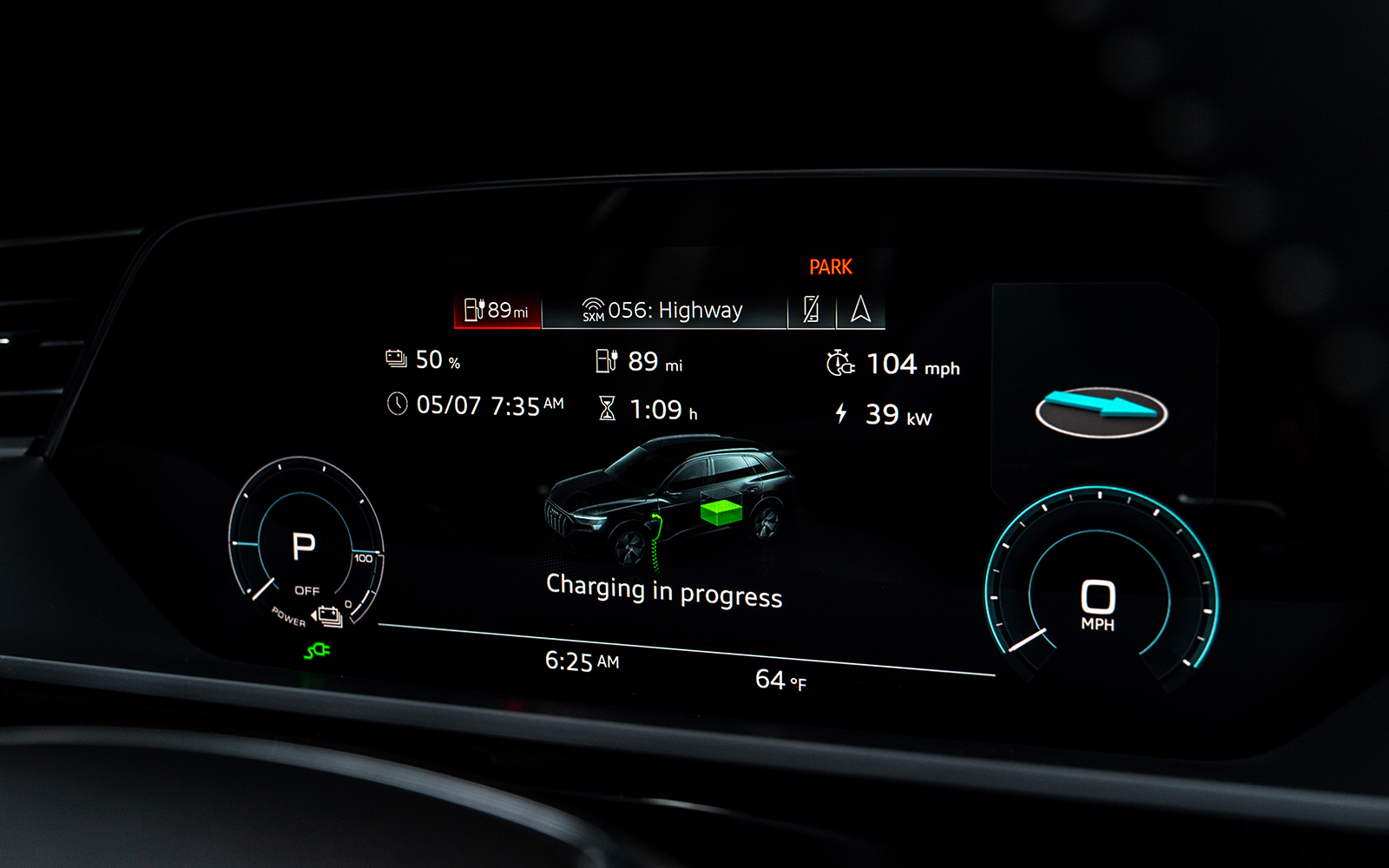
Calculation #7: Digital Life
Nowadays life is all about the mobile devices, and here again, there are improvements. For starters, there’s a deep center console binnacle with clipped inductive charging-ready space for your smart device… not to mention two highly subtle and functional cup holders.
On your device itself, the Audi connect app gets similarly increased functionality. New features include remote climatization, remote charging and battery pre-conditioning, charging station location, driving data, in-vehicle trip planner, connected iCharging location and a myAudi trip planner. While a luxury for an internal combustion Audi owner, likely the latter will play a key role in managing long trips for an e-tron owner.
Calculation #8: Longevity and Reliability
Expect much less cost associated with ownership of a BEV thanks to a much simpler drivetrain and considerably lower use of a wear items such as brakes. There is no oil that needs changing. In the case of the e-tron, there’s also the calculated decision to only use 88% of the battery capacity, locking out the top and bottom of the usable range in order to ensure both longevity and repeatable performance.
Also, the battery’s design means that Audi can service each cell independently. Should a cell go bad, it can be repaired versus a costly replacement of the entire battery. Audi developed this modular design both to improve long-term reliability and help minimize cost to both themselves via warranty work or to owners long-term once outside of the warranty window.
In case you’re wondering, the e-tron gets a new vehicle warranty of 4 years and 50,000 miles. The battery is covered for 8-years and 100,000 miles.
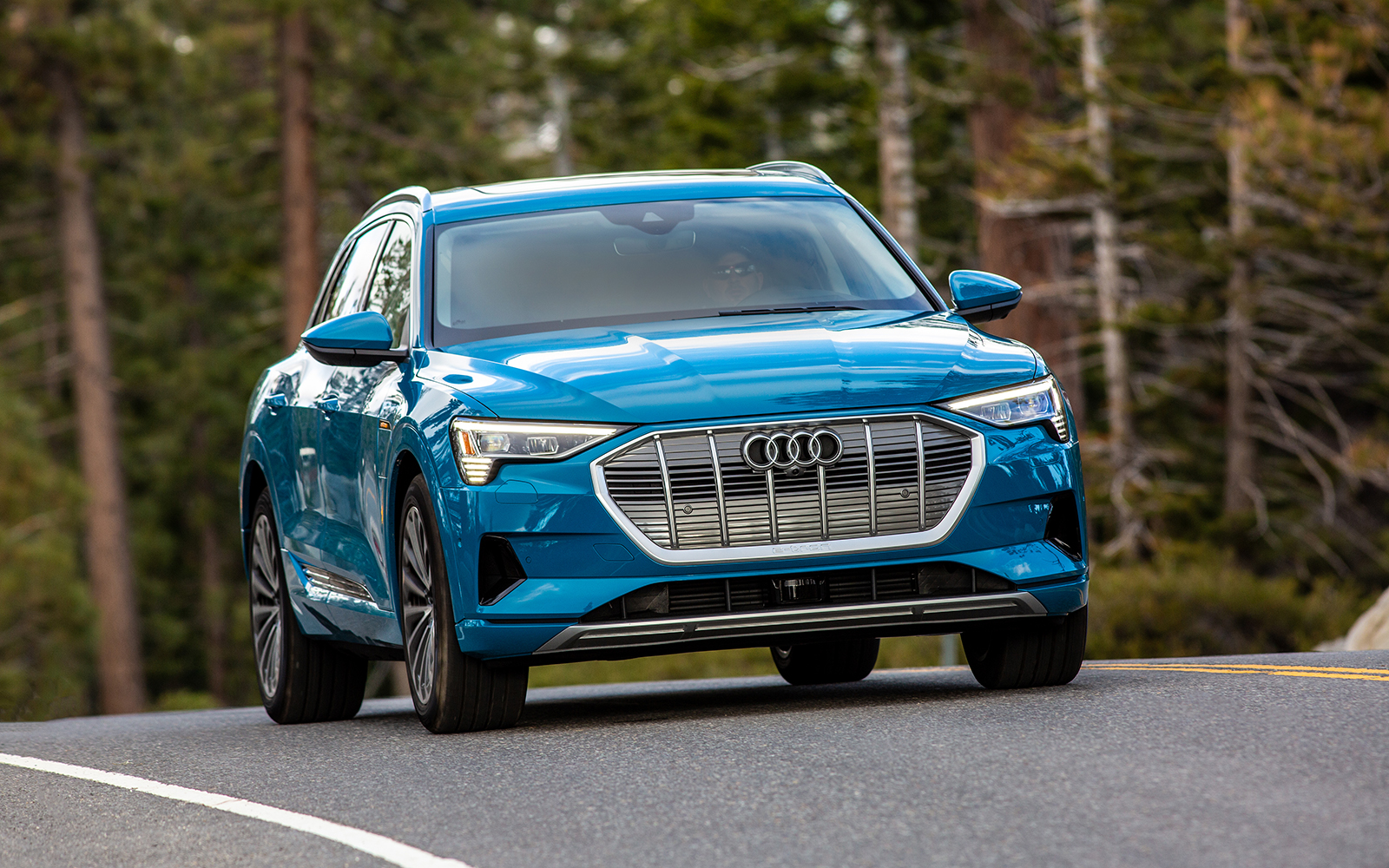
Calculation #9: Model Proliferation and Performance Variants
As mentioned, the “ur” e-tron isn’t ludicrously fast. Arguably, a first new example of any Audi model is never the ultimate. That comes with time. Audi has already confirmed a Sportback body variant, and spy photos and internal rumors suggest an S version of the e-tron will come in the short term. Adding a third motor at the rear would likely boost power to over 600 hp, and also allow Audi to torque vector from side to side at the rear axle much as their Sport Differential does today on cars like the current S4 or S5.
Calculation #10: Price
The e-tron Premium Plus starts at $74,800. Go for a Prestige example and that boosts it to $81,800. We’ll leave the nuances of these packages to you as you explore Audi’s configurator, but it’s worth mentioning the only stand-alone options are rear side airbags ($400), trailer hitch ($650), Cold Weather Package $900 and 21-inch wheels at $1500.
In Audi parlance, that’s on par with an RS 5 Sportback. In the world of BEVs, that’s markedly less than the Tesla Model X with base price of $88,000 and a bit more than the Jaguar I-Pace with base price of $69,500. More importantly for Audi’s target with this new ur e-tron, that’s also in line with the higher end of the core luxury SUV market where plenty of buyers are considering but not quite sure about making a change to electric.
On one hand, the Audi e-tron is a crossover and Tesla’s got one of those. While the Tesla Model X is more expensive, it is perhaps a natural benchmark on which most will judge the Audi e-tron. It is a consideration so permeating that even we here in the pages of the Audi Club’s own quattro Magazine feel the need to consider the differences. They are worth noting because they speak to Audi’s calculations.
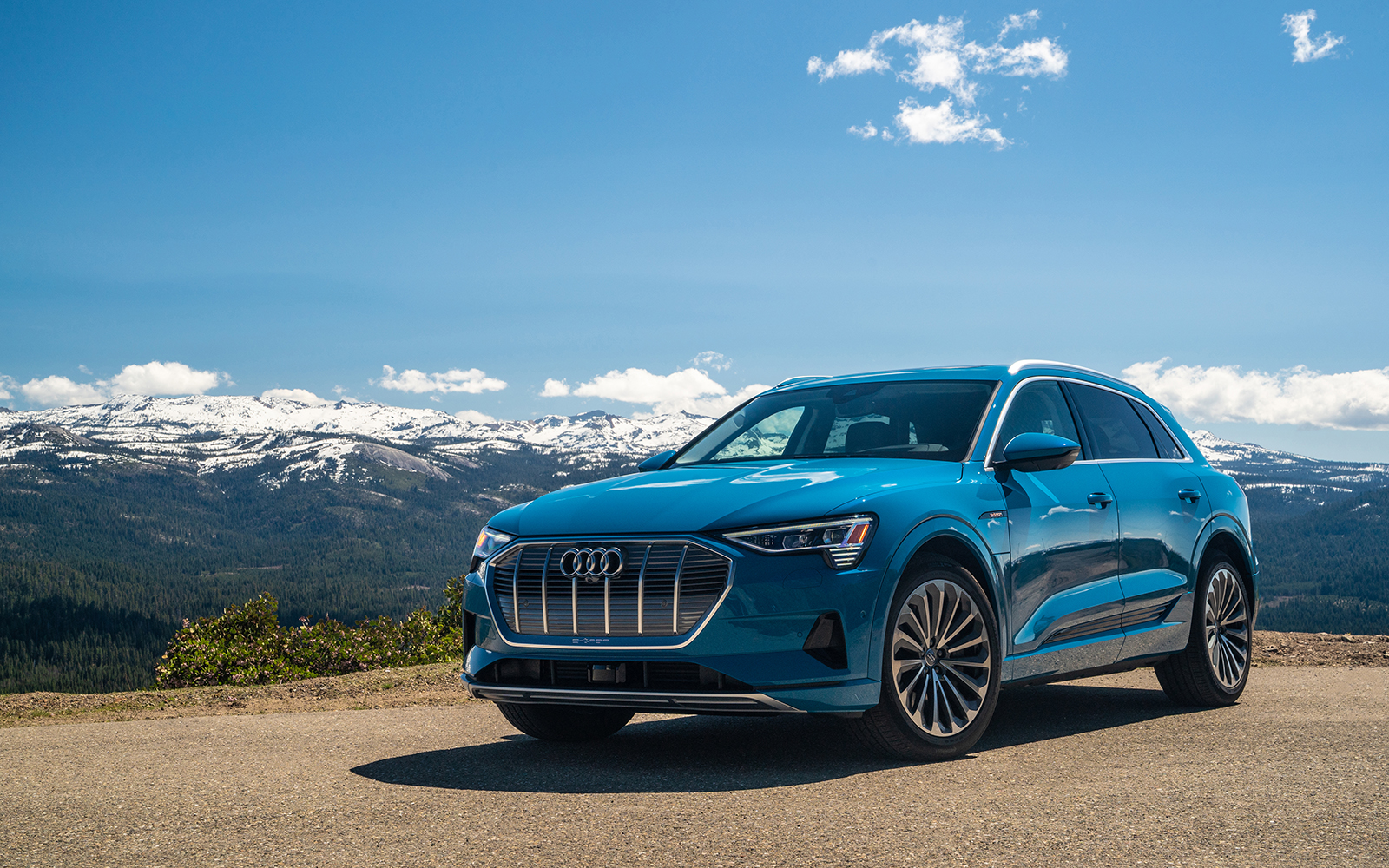
Key Numbers
Base Price: $74,800
Battery: 95 kWh capacity, 36 cell modules
Horsepower: 355 hp / 402 hp in Boost Mode
0-60 mph: 5.5 seconds
Top Track Speed: 124 mph
Seating Capacity: 5
MPG (city/highway/combined): 74/73/74 (EPA estimated)
Range: 204 (EPA estimated)
Engaging Boost Mode
There’s more power to be had when the e-tron is in Boost Mode. Here’s how to access it.
- Place the transmission in Sport Mode either on the shifter or via Audi Drive select.
- When accelerating with the pedal, push it down past the initial resistance point and into “kick down”
- Access to up to 8 seconds of “Boost Mode” is engaged.


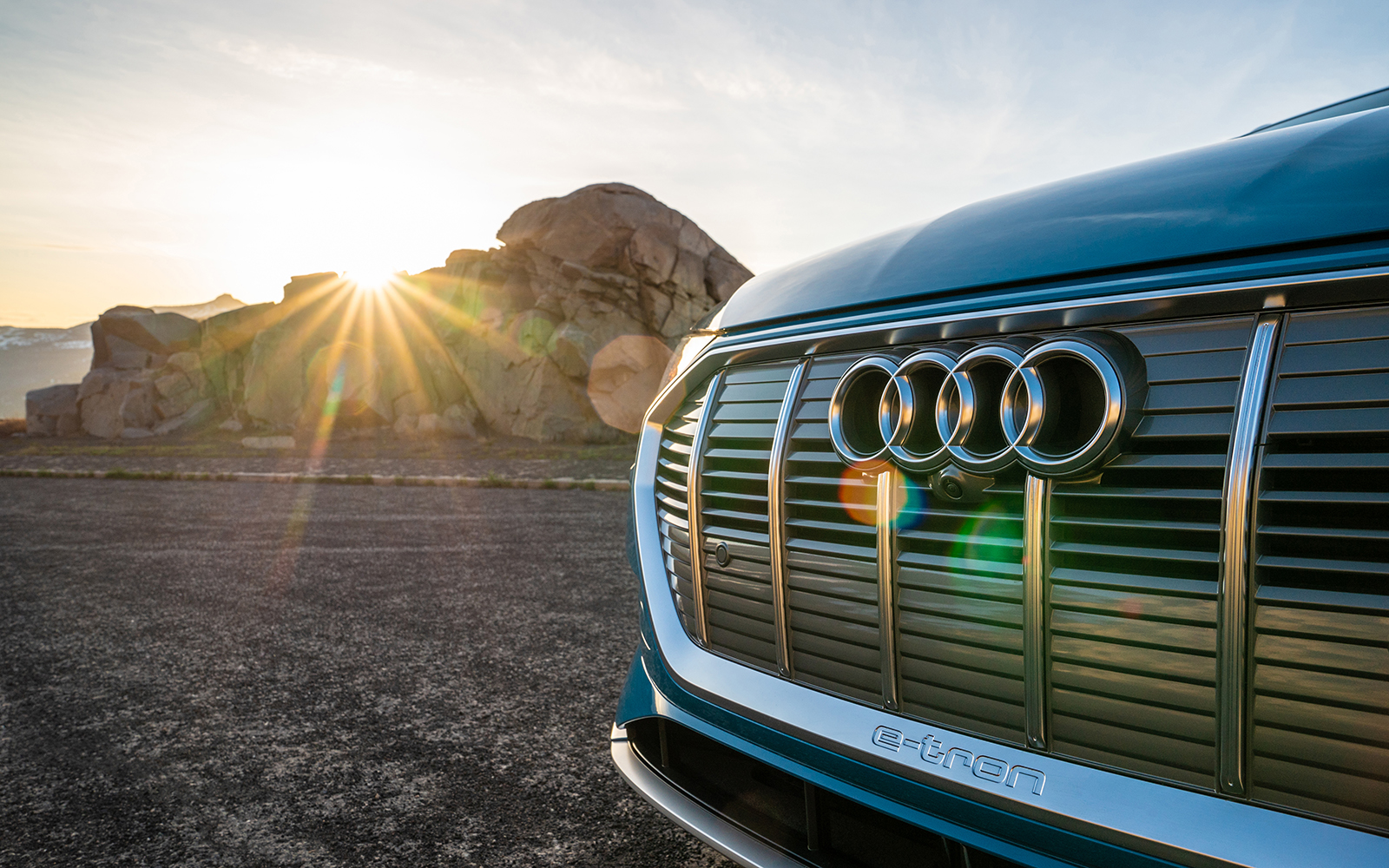

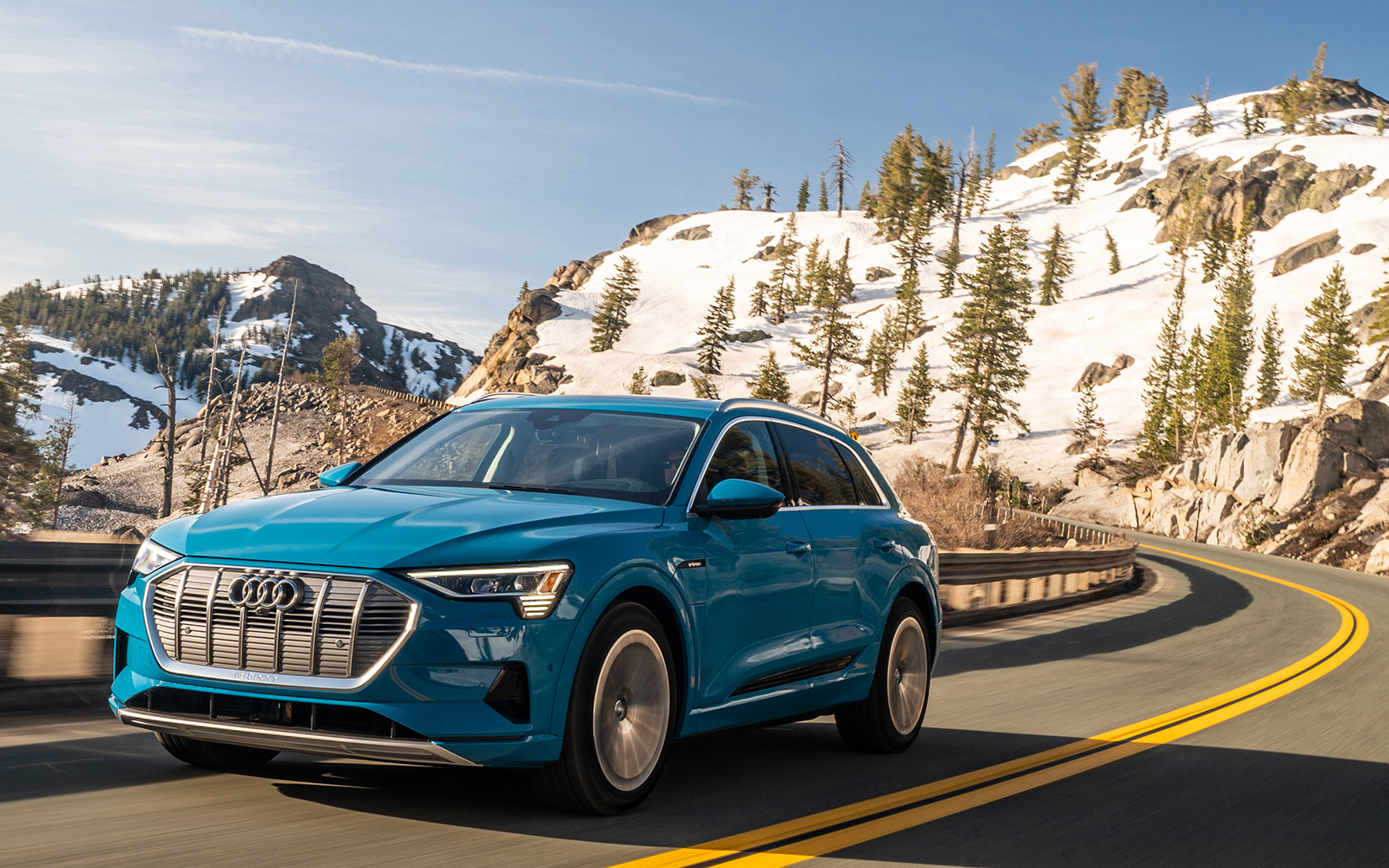


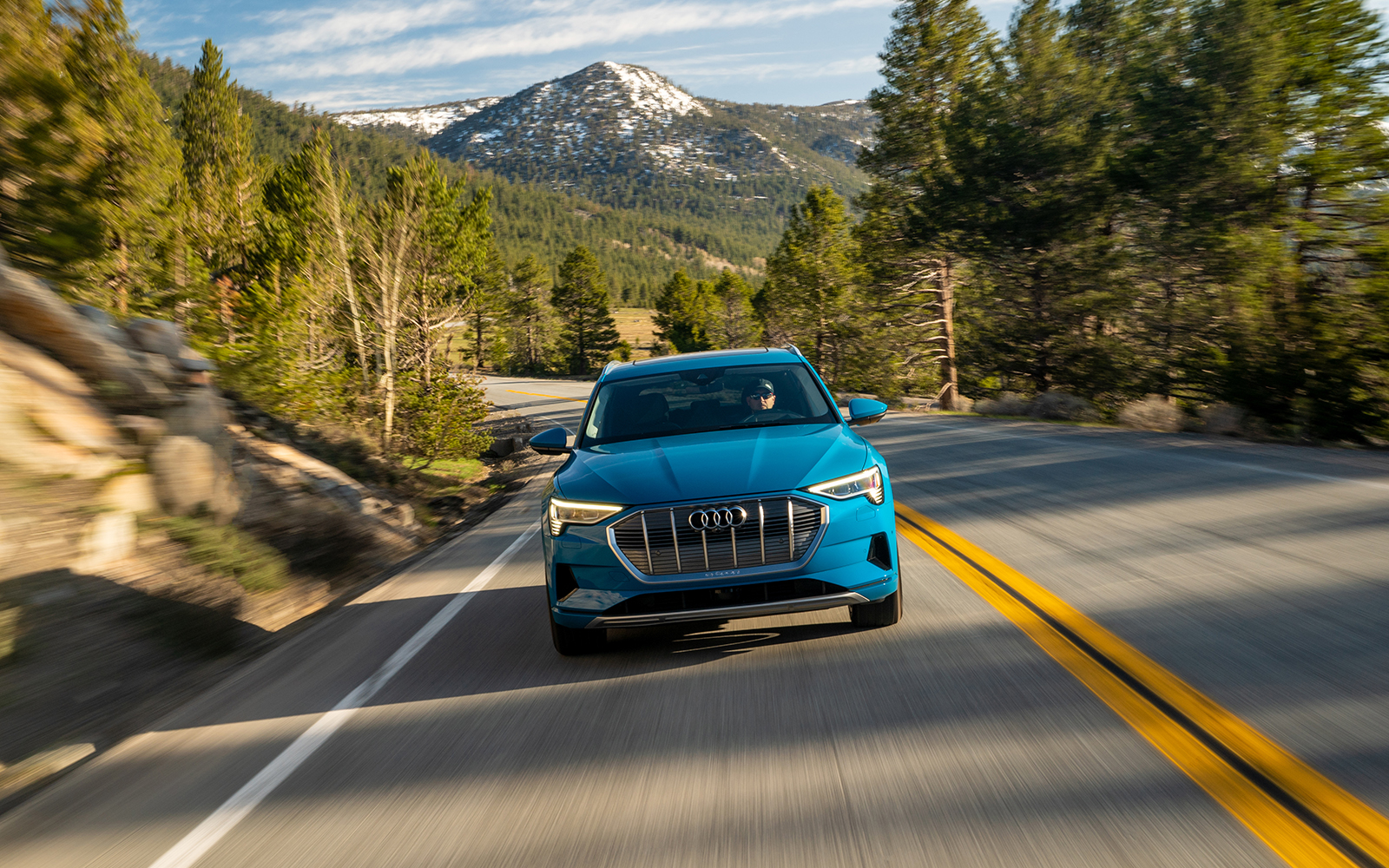
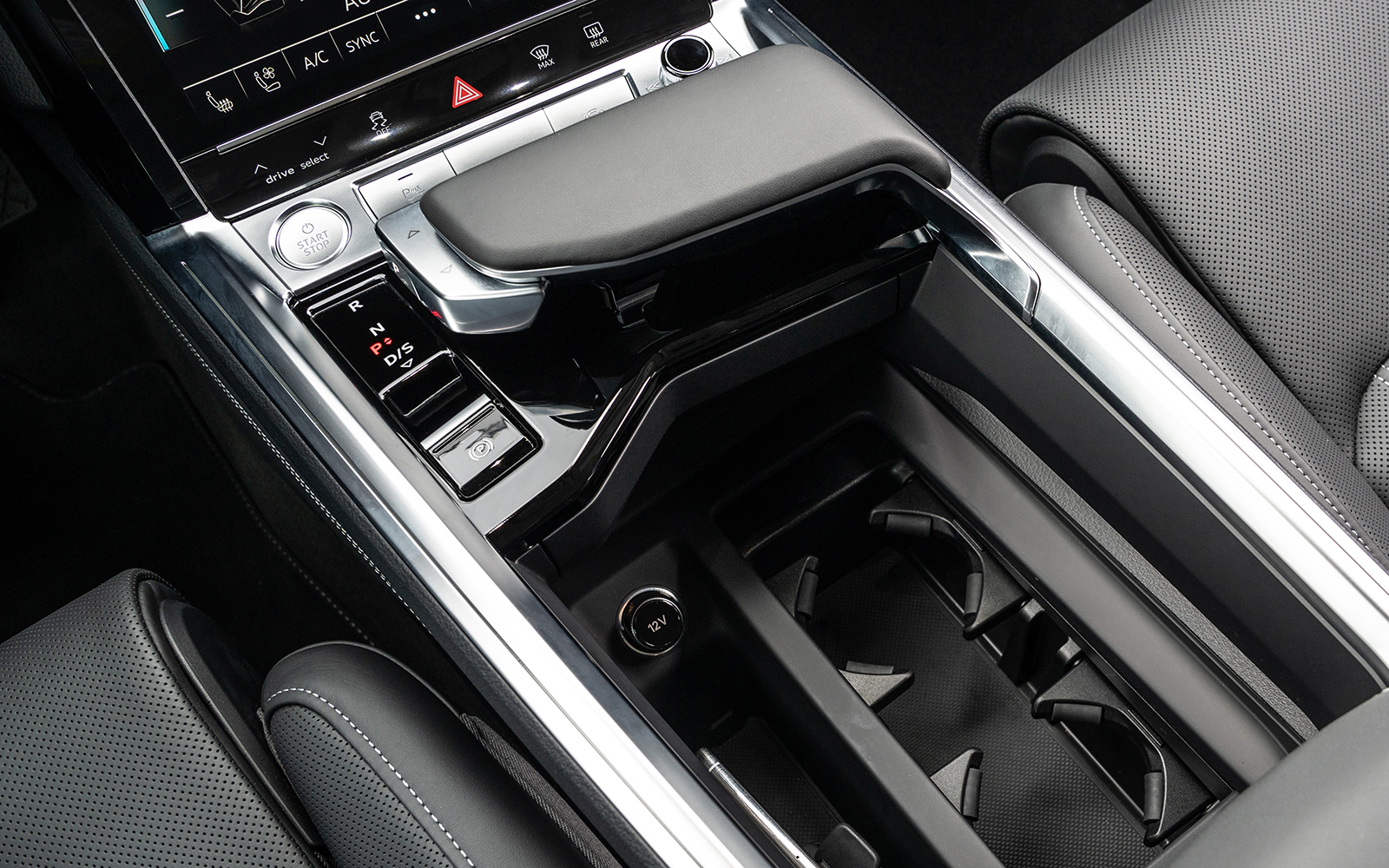
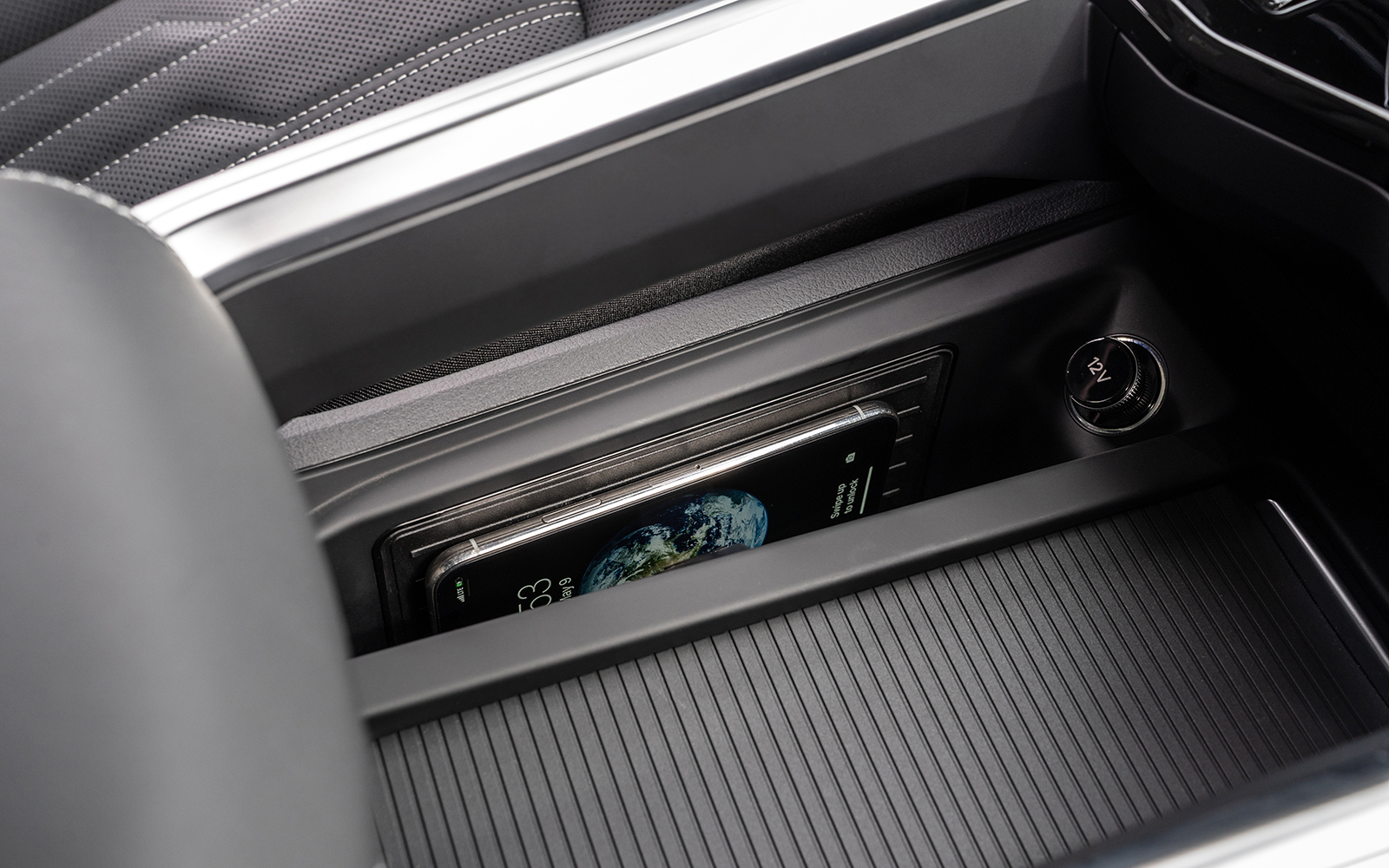
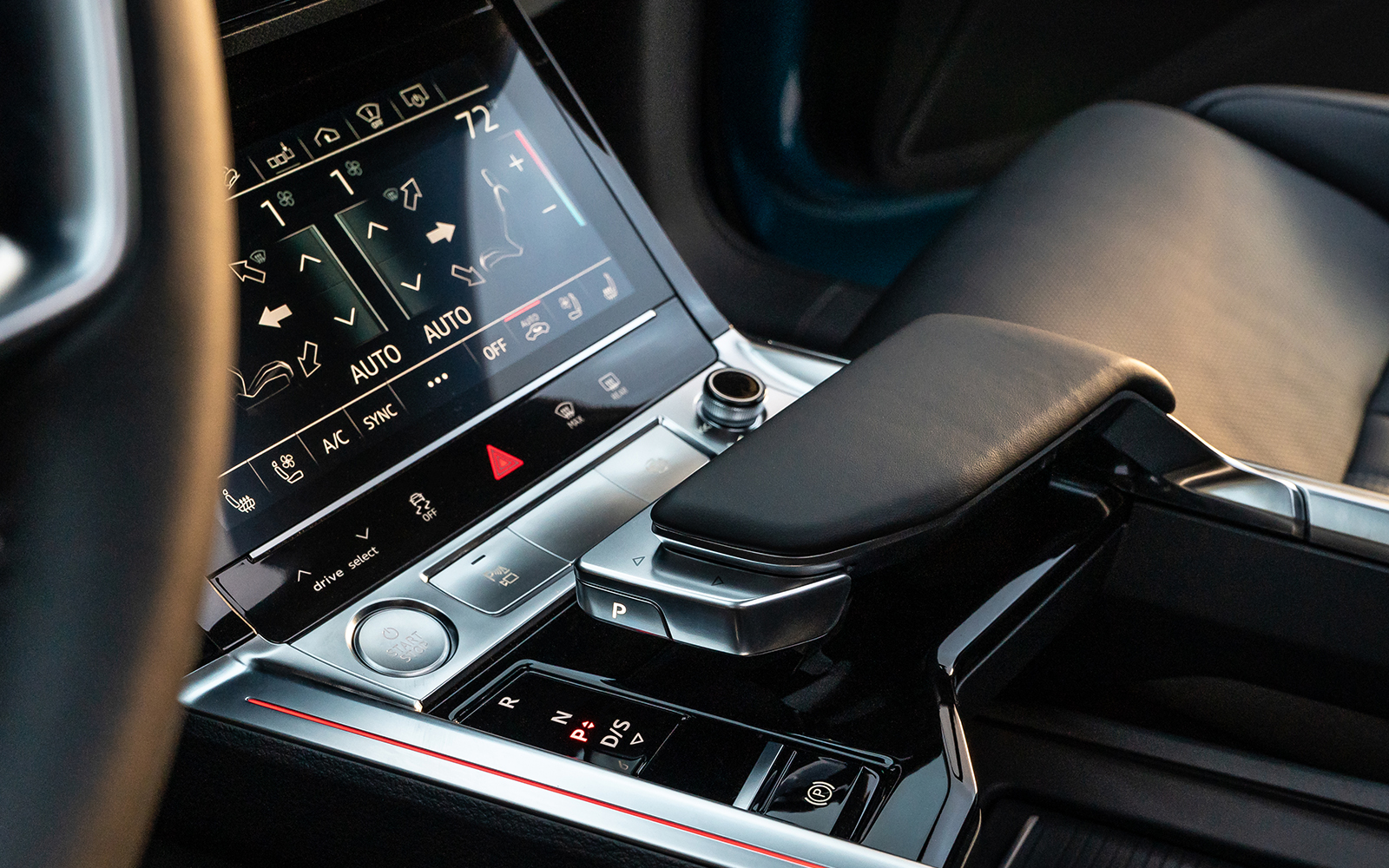
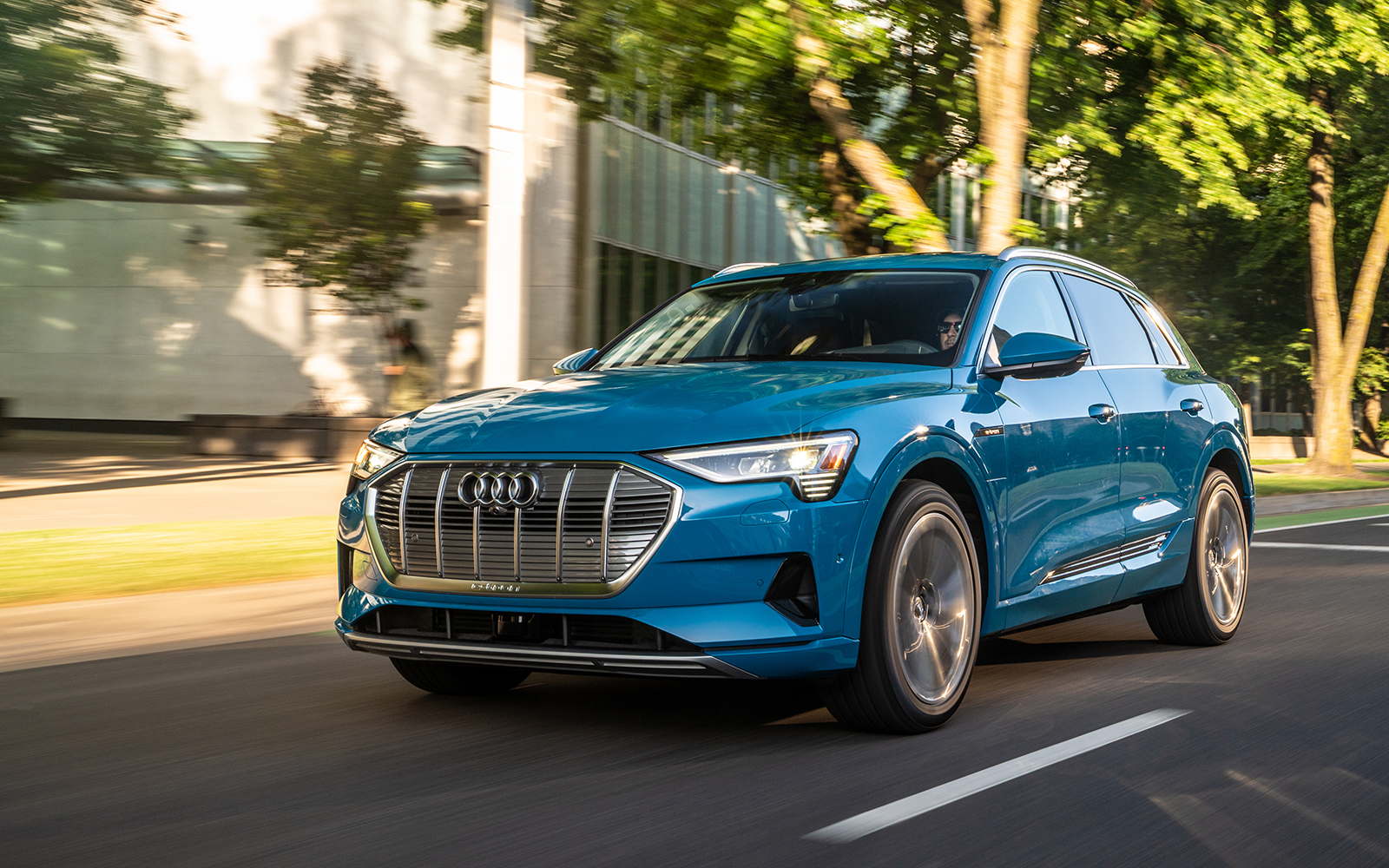
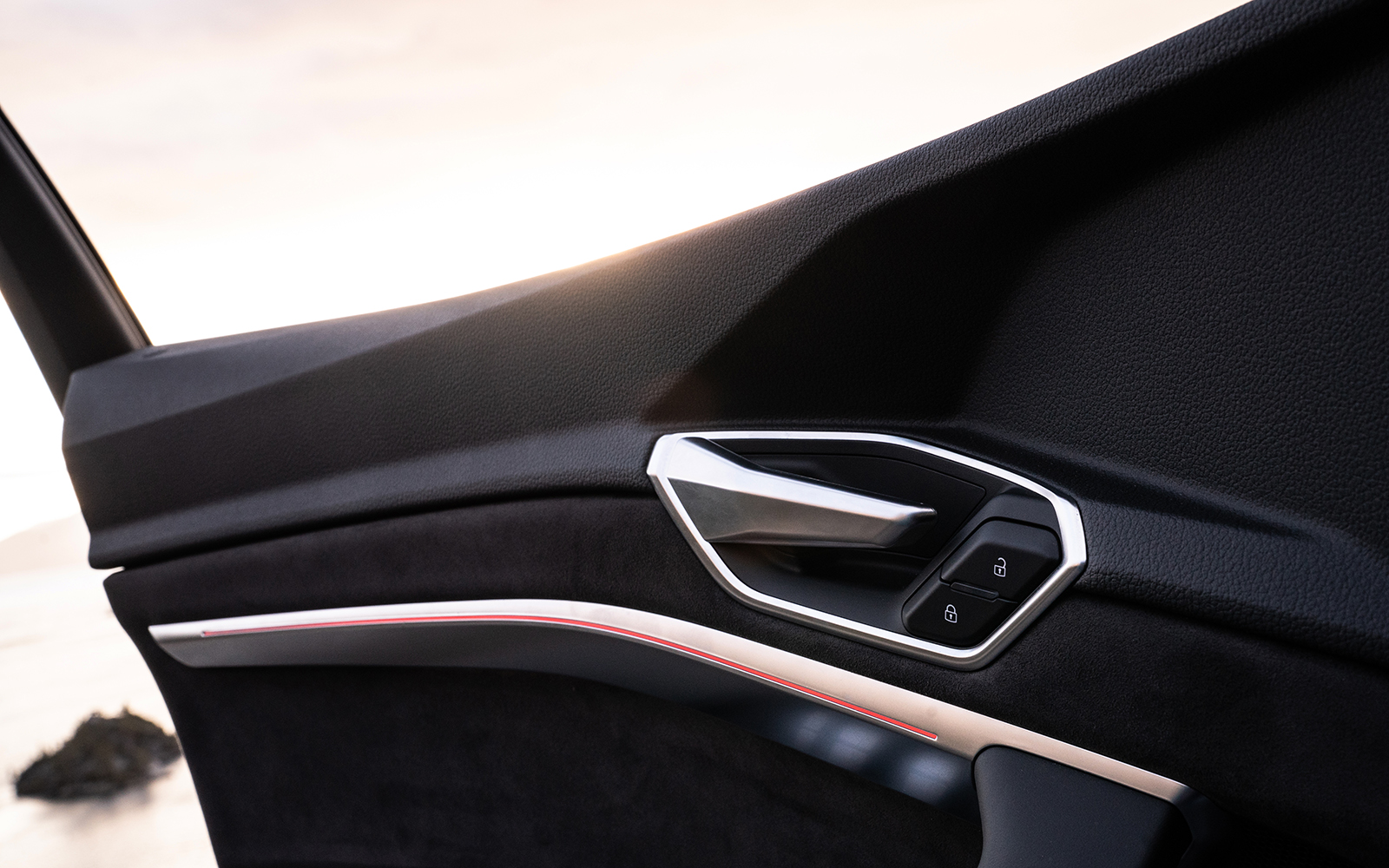
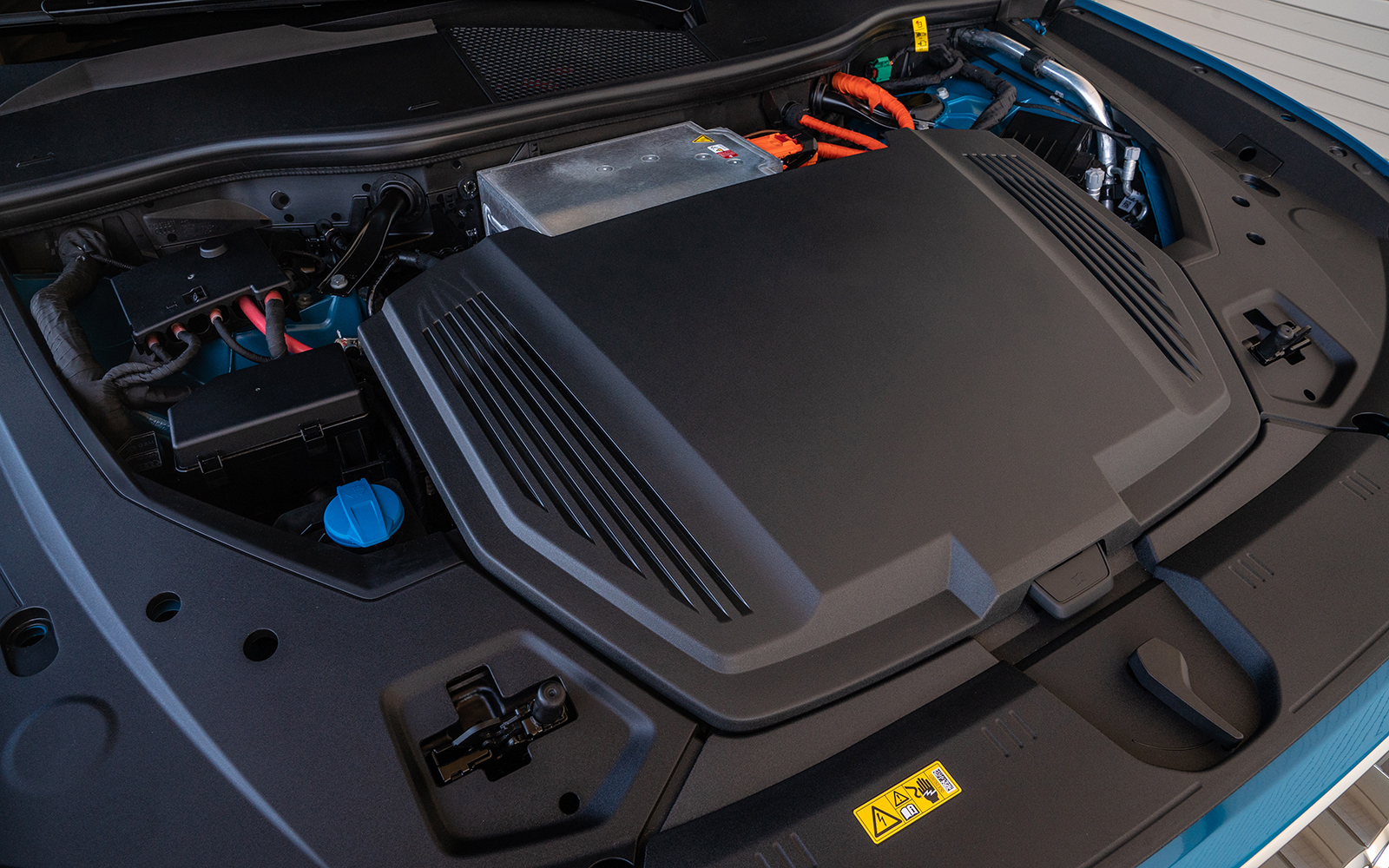
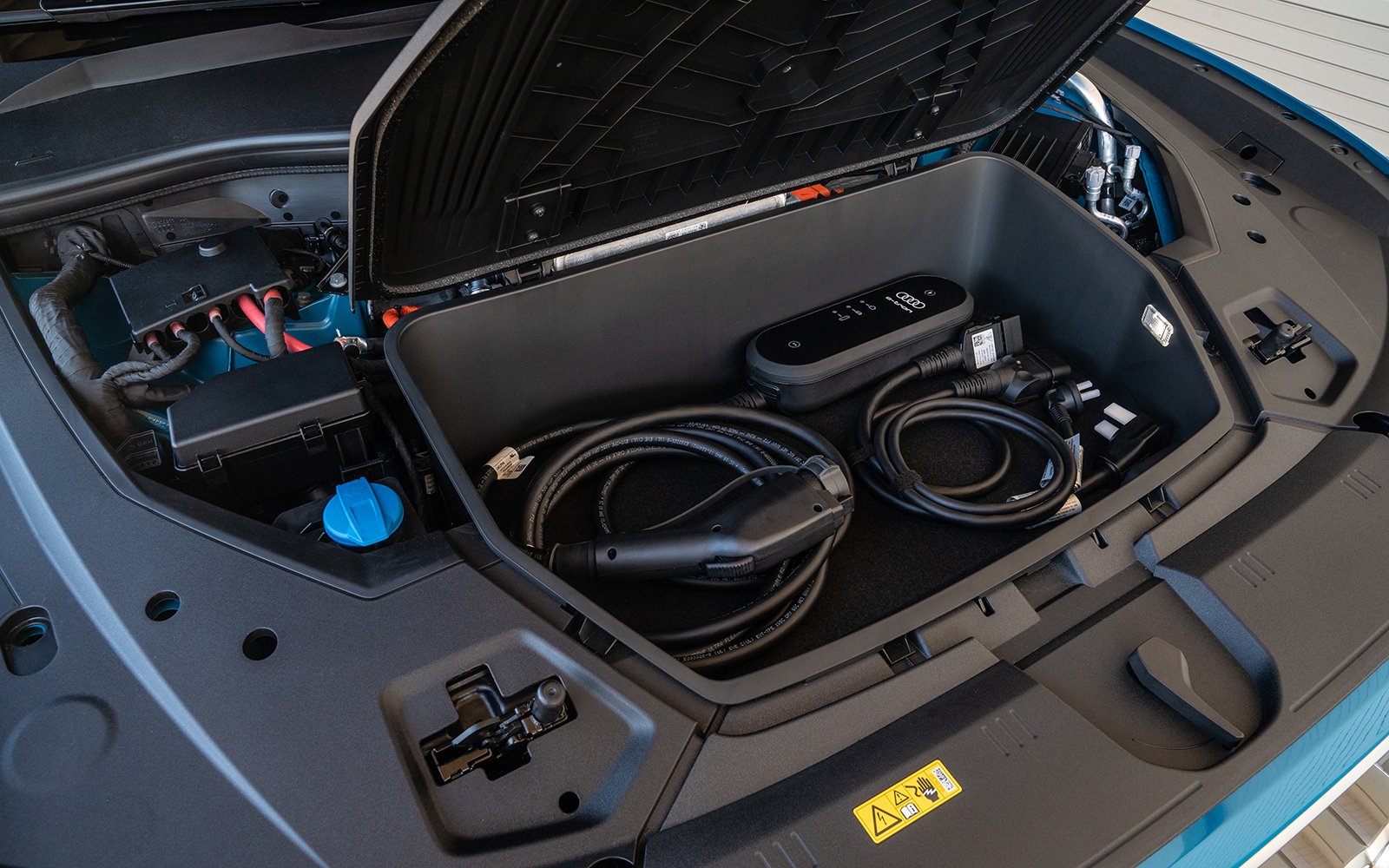
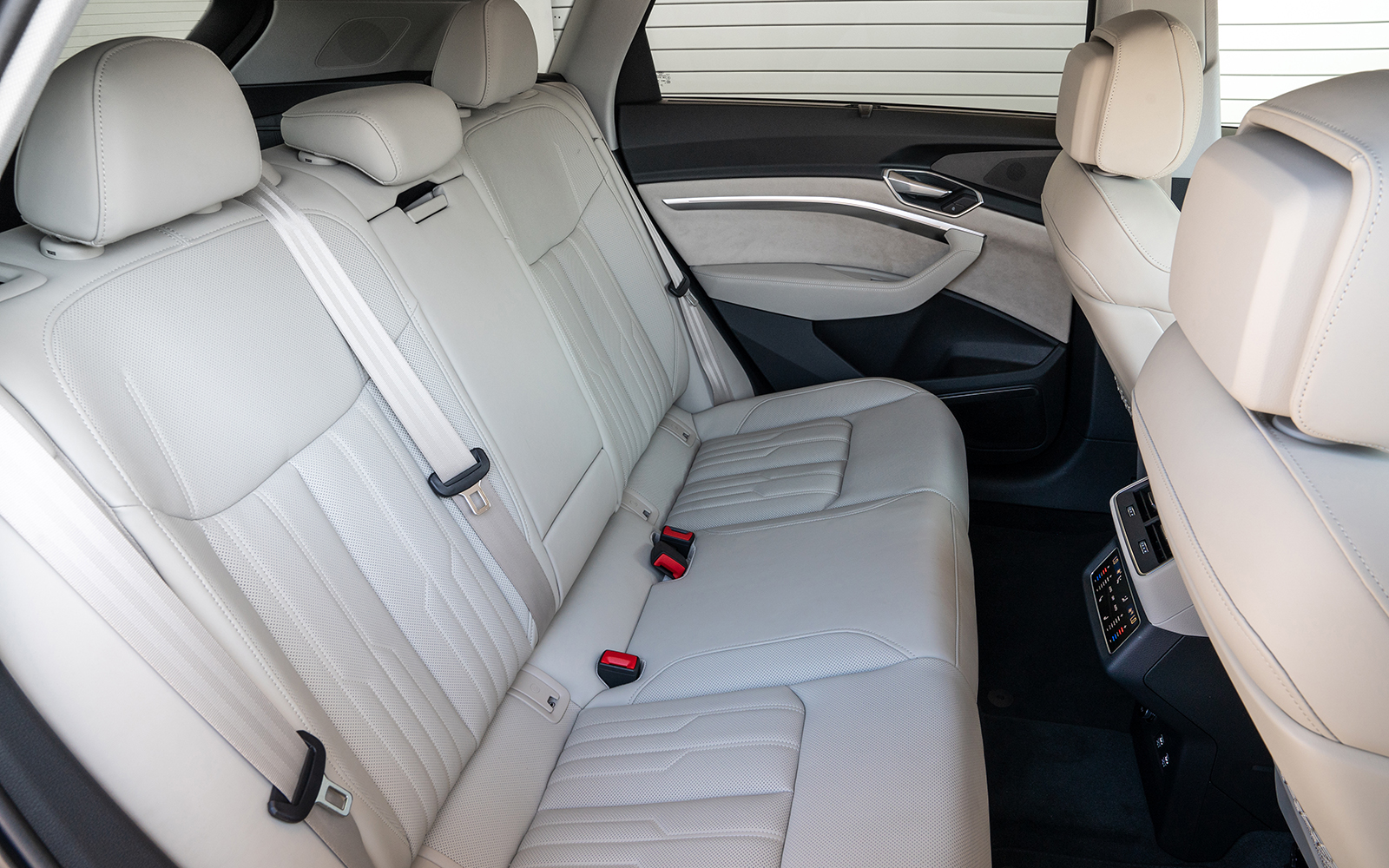

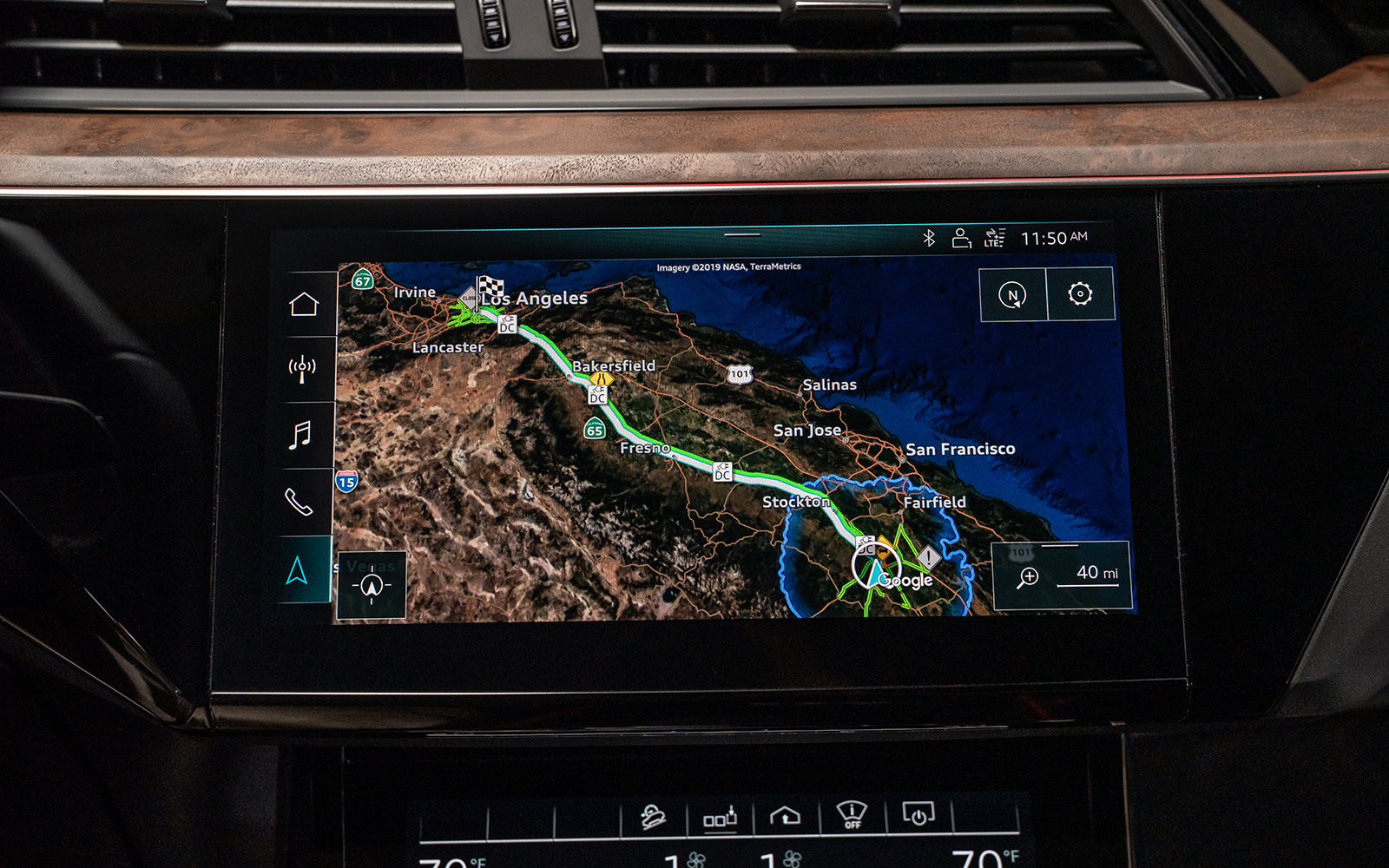
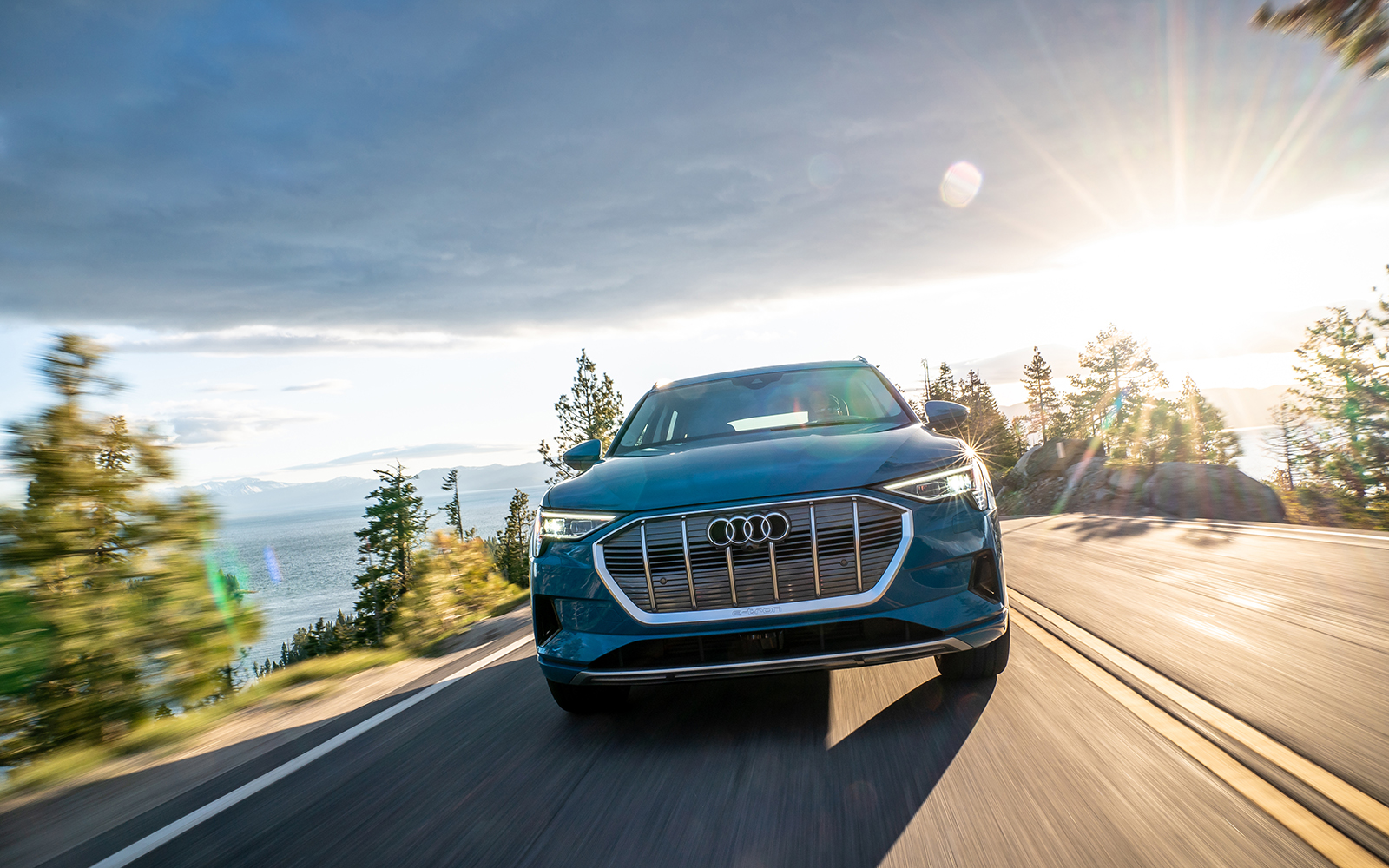

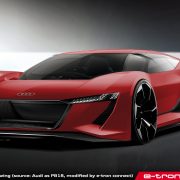

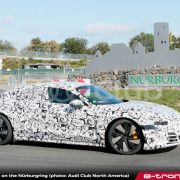
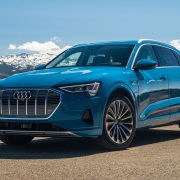

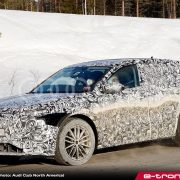

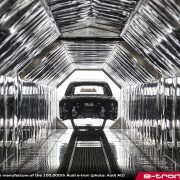


Leave a Reply
Want to join the discussion?Feel free to contribute!